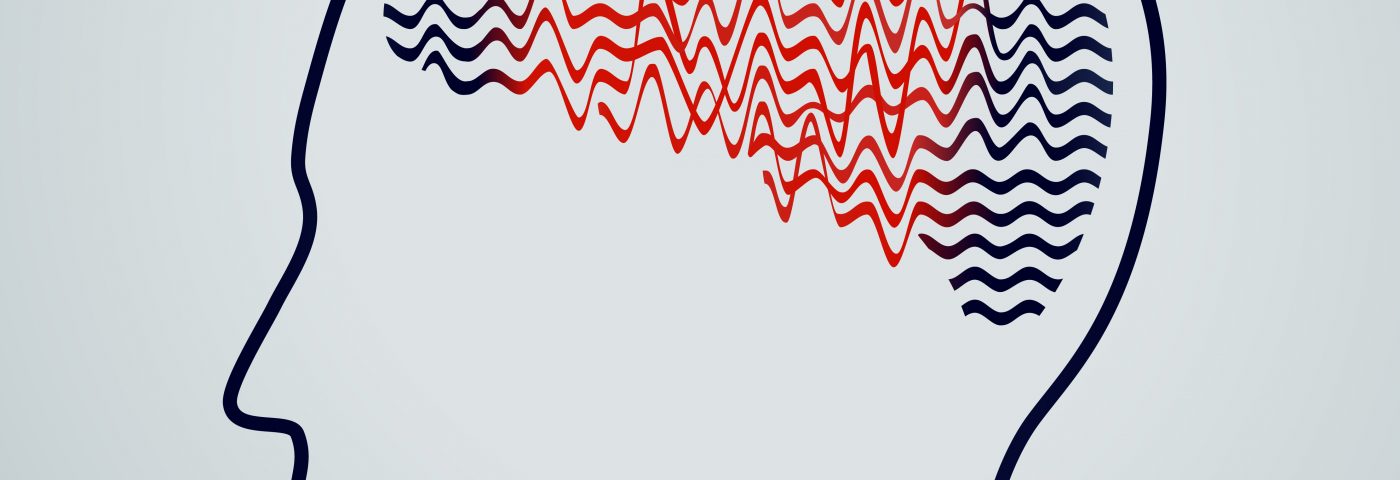Identifying the brain region that triggers seizures in epilepsy patients may become much easier, thanks to researchers at the University of Exeter and colleagues who developed a new mathematical method that measures the contribution of different brain areas to the development of seizures.
The new method, which can revolutionize surgery and greatly improve patient outcome, is described in the study “Estimation of brain network ictogenicity predicts outcome from epilepsy surgery,” published in Scientific Reports.
Surgery has been shown to be effective in the treatment of seizures in epilepsy patients who fail pharmacological approaches. However, positive long-term outcomes following surgery are only observed in approximately 50 percent of patients, and that estimation drops to 15 percent in extra-temporal cases.
During pre-surgical planning, doctors acquire a combination of observations on the brain’s electrical activity that help them identify the region from which the seizures originate or that has a role in creating them. The region is known as the epileptogenic zone.
Although there are several potential reasons for surgery to fail, the most likely is resection that fails to remove the seizure-generating networks from the brain.
“We see these patterns in a particular region of the brain and therefore we assume that that’s the region of the brain that the seizure is originating from, whereas in actual fact it could be, and our research suggests, that…there are other regions involved in generating the seizures,” said John R. Terry, professor of biomedical modeling, and director of EPSRC Centre for Predictive Modeling in Healthcare, of theCollege of Engineering, Mathematics and Physical Sciences, University of Exeter, in a press release.
In fact, rather than being the actual cause of the seizures, the patterns seen by surgeons may be a consequence of the seizure mechanism itself, Terry said. The new model predicts which regions are involved in the brain’s seizure-generating capabilities. It works as a decision support tool for surgeons to identify the brain region to resect.
“It’s not going to replace surgeons; it’s going to provide additional information that will hopefully be valuable to them when it comes to planning the surgery,” Terry said.
The model is based on electrical recordings that are routinely collected during pre-surgical planning. The recordings help build a representation of how the different regions in the brain communicate with each other.
The researchers have already tested the model in patients who underwent surgery. The value of the model was substantiated in patients with positive post-operative outcome whose predicted epileptogenic zone was within the resected area.


